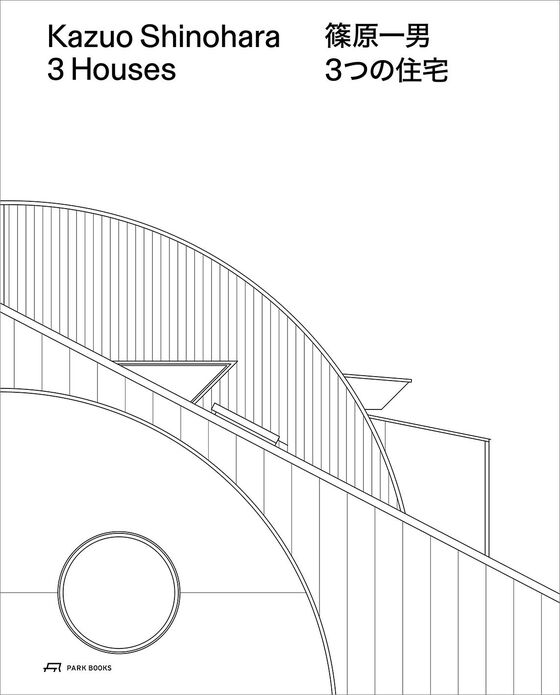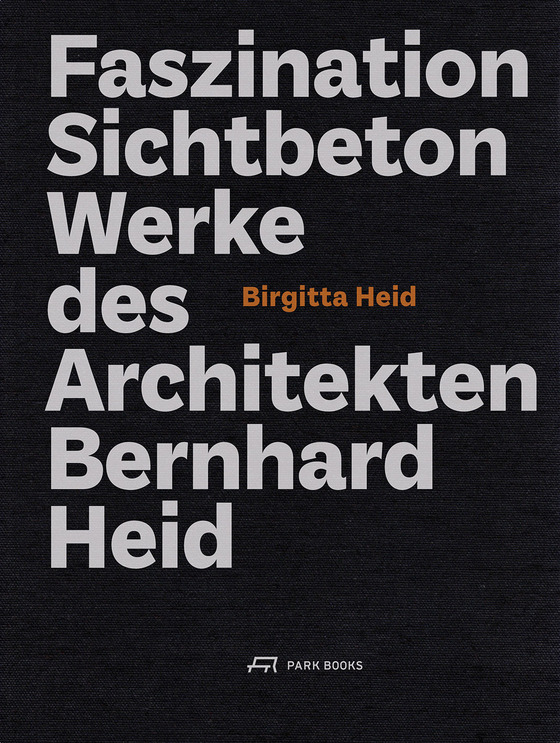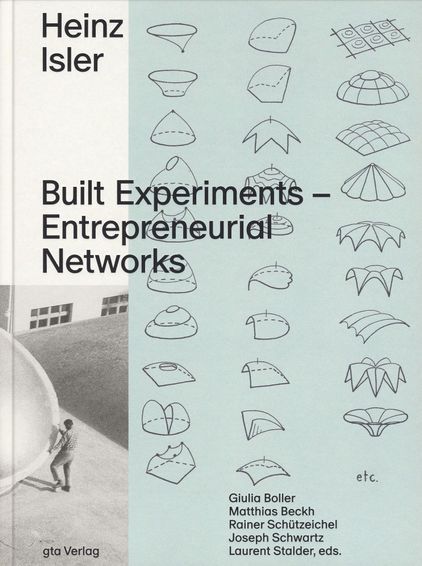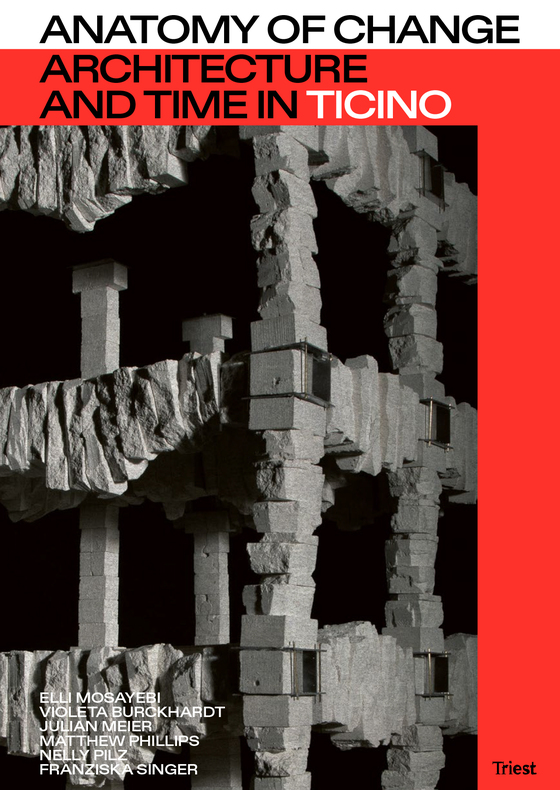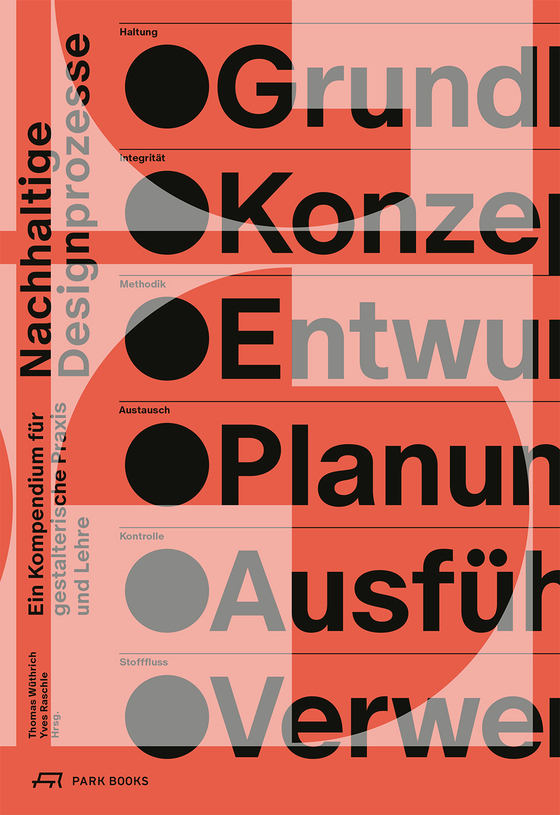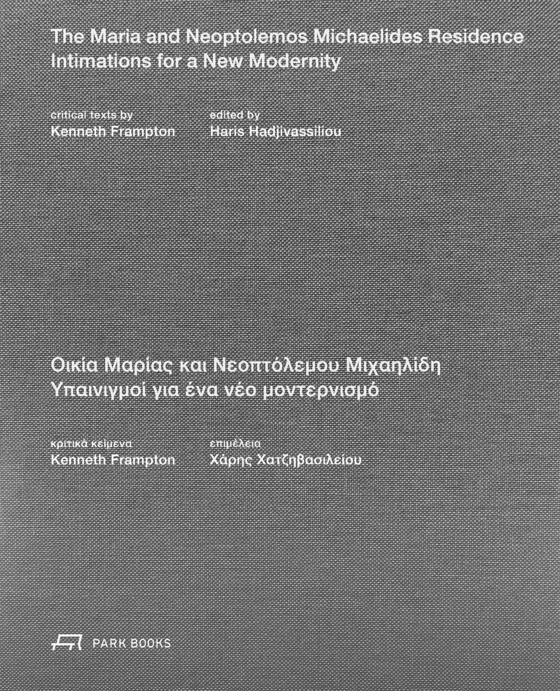Architektur aus Indien wird in Weil am Rhein zum Kraftspender und Stimmungsaufheller ↗
Auf dem Vitra-Campus erweitert indische Spiritualität in gebauter Form eines begehbaren Schreins die Vielfalt internationaler Architektur.
Gabriele Detterer, Neue Zürcher Zeitung, 07.01.2026
